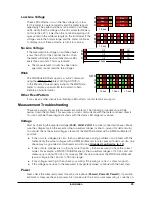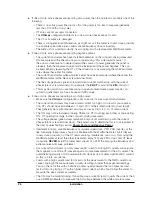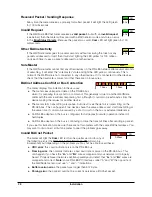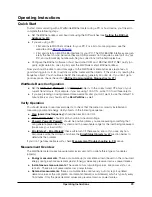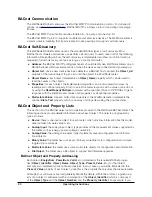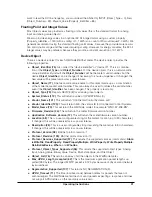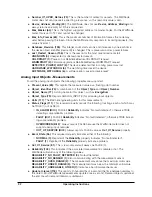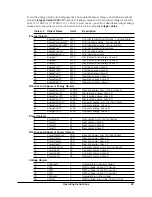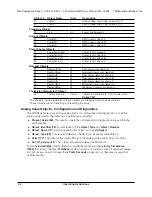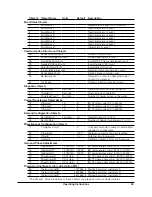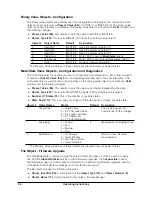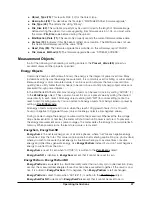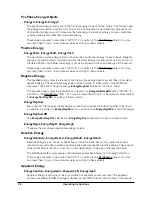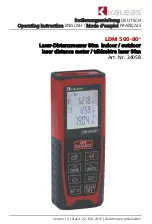
Operating Instructions
39
if you have 120 Vac RMS, 10 amps RMS, one phase, the apparent power will be 1200 VA. At the
end of an hour, the apparent energy will be 1.2 kVA-hour. Apparent energy is always positive.
The WattNode meter’s apparent energy includes real harmonics, but not reactive harmonics.
These values are reset to zero when “ACTIVE” (1) is written to the
object. You may
also reset them to zero or load preset values by writing to these objects.
Power Objects
PowerA, PowerB, PowerC
The WattNode meter measures real power (watts) for each phase (
PowerA, PowerB, PowerC
).
The measured power is generally positive, but may also be negative, either because you are
generating power (such as with solar panels), or because the meter isn’t connected properly.
PowerSum
This is the sum of the real power for active phases (line voltage above 20% of nominal). This can
include negative values, so if one phase is negative, it will reduce the reported
PowerSum
.
Reactive Power
Reactive power is also known as VARs. Inductive loads, like motors, generate positive reactive
power, while capacitive loads generate negative reactive power. Reactive power transfers no net
energy to the load and generally is not metered by the utility. Loads with high reactive power rela-
tive to the real power will tend to have lower power factors. The integer reactive power objects are
scaled by
PowerIntScale
.
The WattNode meter only measures the fundamental reactive power, not including harmonics.
PowerReacA, PowerReacB, PowerReacC
These are the per-phase reactive power measurements.
PowerReacSum
The
PowerReacSum
is the sum of the reactive power of active phases. This can include negative
values, so if one phase is negative, it will reduce the reported
PowerReacSum
.
Apparent Power
Apparent power (VA) can be described three ways:
●
The RMS voltage multiplied by the RMS current.
●
The square root of the real power squared plus the reactive power squared.
●
The absolute value or magnitude of the complex power.
The WattNode meter’s measurement of apparent power includes real, but not reactive harmonic
apparent power content.
Apparent power is always a positive quantity.
PowerAppA, PowerAppB, PowerAppC
These are the per-phase apparent power measurements.
PowerAppSum
The
PowerAppSum
is the sum of apparent power for active phases.

